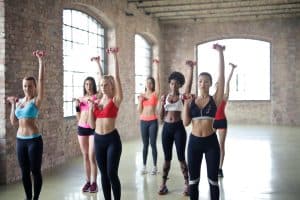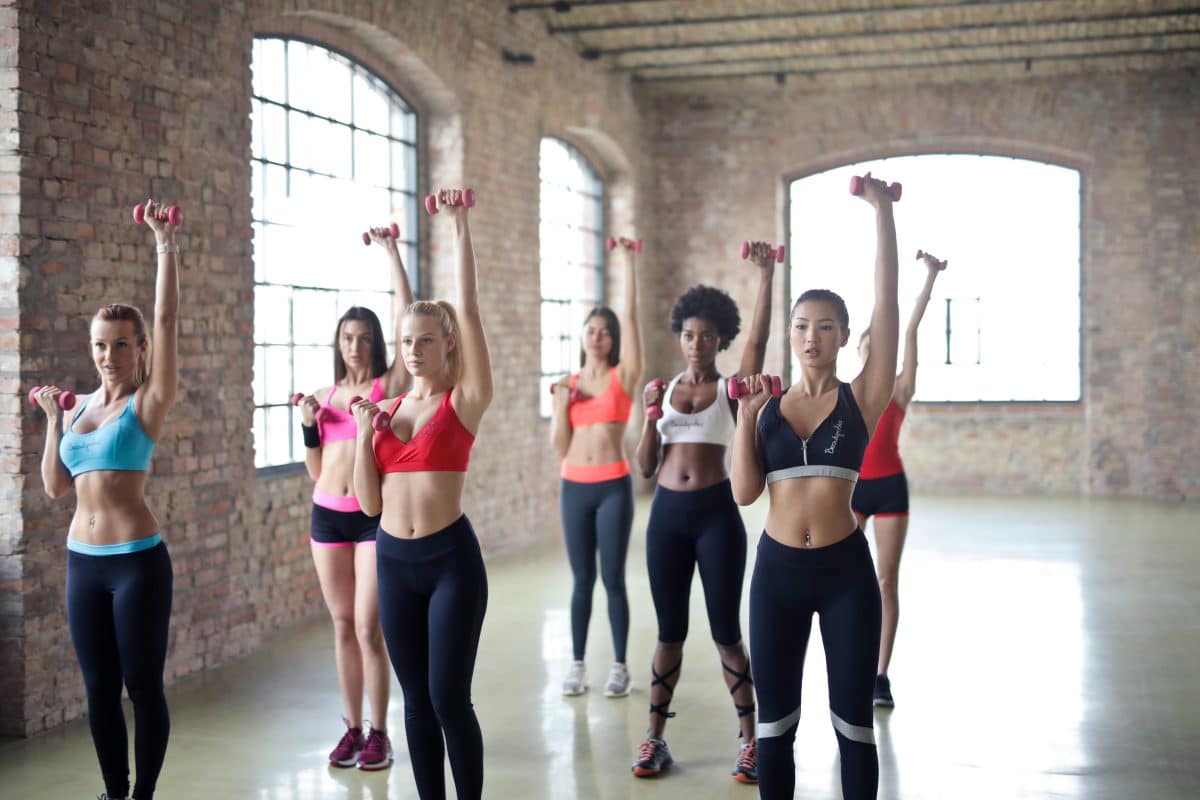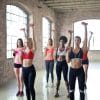Gym Studio Echo: Impact-Resistant Treatments That Actually Last
 Gym studio echo is a common problem in many gyms because the rooms are echo factories concrete floors, painted block, mirrors, and high ceilings. Add music, clangs, and coaching cues, and you get a space that’s loud but not clear. The goal isn’t to make it quiet; it’s to keep energy high while taming the harshness so instructions land and neighbors aren’t calling the landlord.
Gym studio echo is a common problem in many gyms because the rooms are echo factories concrete floors, painted block, mirrors, and high ceilings. Add music, clangs, and coaching cues, and you get a space that’s loud but not clear. The goal isn’t to make it quiet; it’s to keep energy high while taming the harshness so instructions land and neighbors aren’t calling the landlord.
Gym Studio Echo: Impact-Resistant Options That Last
For gym studio echo, think durable first. Panels near activity zones must handle bumps, ball strikes, and the occasional barbell kiss. Look for high-density, impact-resistant surfaces (vinyl-faced wall panels, wood-slat systems over acoustic cores, thick PET felt) that clean easily and won’t crumble on contact. Save fabric-wrapped panels for higher walls or ceilings, out of reach.
Treat the Walls You Actually Hit
Wall-mounted pads along lifting lanes and court sidelines double as safety and sound control. Run them to shoulder height where impacts happen, then switch to more conventional acoustic panels above. On long concrete runs, break up the span with alternating bands of impact pads and absorption so you get both durability and echo control.
Ceilings Do Heavy Lifting
High ceilings are your friend if you use them. Suspend acoustic “clouds” or baffles above floor action, mirrors, and open turf. They stay out of harm’s way, catch reflections from below, and make music feel fuller instead of harsher. If the space has an exposed deck, lightweight PET baffles hang easily and can follow lighting rows cleanly.
Floors, Footfall, and the Thump Problem
Rubber flooring helps with impact and some reflections, but the deep “thud” from drops is structure-borne—more vibration than echo. Where possible, build drop zones with thicker underlayment or platforms that decouple from the slab. For group fitness, place mats where jump sequences land to reduce slap and coaching strain.
Layout and Small Tweaks That Matter
-
Keep speakers aimed at bodies, not hard walls; tilt them slightly down.
-
Place coaches where their voice projects into treated surfaces, not toward mirrors.
-
Use staggered wall mirrors instead of one continuous span to reduce slapback.
-
Add a simple door sweep on studio doors—cheap, high-value containment.
Gym Studio Echo Control – How You Know It’s Working
You should hear music detail without wincing, cues should cut through without yelling, and you should be able to talk at the desk without lip-reading. When that’s true, you didn’t make the gym quiet—you made it clear.






